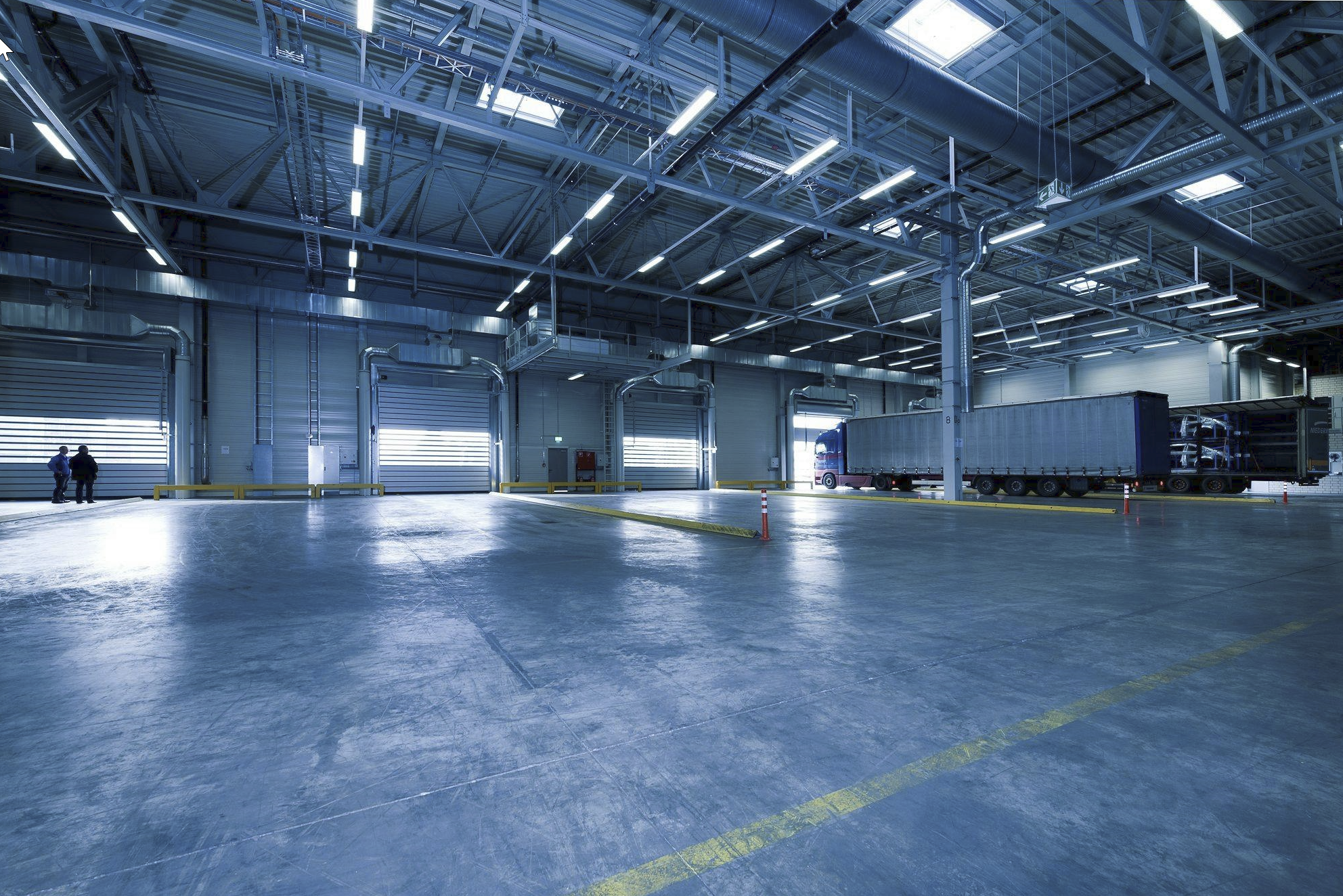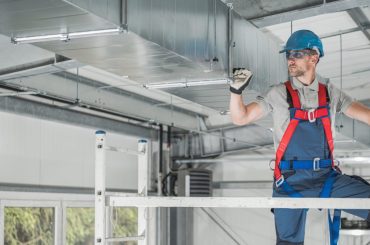Table of Contents
Steel buildings have become an incredibly popular choice for a wide variety of applications ranging from homes and garages to aircraft hangars and commercial spaces. As compared to conventional construction using wood or concrete, steel buildings offer unmatched advantages in terms of strength, durability, cost-effectiveness, design flexibility, energy efficiency, and sustainability.
The quick construction time and low maintenance requirements are the icing on the cake.
Advantages of Steel Buildings
Steel is one of the most versatile modern building materials due to the numerous benefits it provides:
- Durability and Strength: Steel is incredibly strong and durable. Properly maintained steel structures can easily last over 50 years. Steel construction provides resistance against termites, cracks, leaks, and even natural disasters like earthquakes and hurricanes. Steel I-beams offer superior structural integrity.
- Cost-Effectiveness: Despite the higher initial material costs, steel buildings offset those expenses over their lifespan. Significantly lower construction time and simpler foundations translate into major cost savings. Steel buildings also require less insurance premiums.
- Versatility: Steel construction allows builders immense design flexibility, including options for various roof styles, customization of windows/doors, and choices for exterior finishes. The structure can be easily expanded or moved in the future.
- Energy Efficiency: Properly insulated steel walls and roofs drastically reduce heating/cooling costs. Strategically placed insulation helps prevent temperature transfer and air infiltration.
- Quick Construction: The fabrication process is done offsite, and various parts are simply bolted together onsite. Unlike traditional construction methods, this allows faster project completion.
- Low Maintenance: Durable steel with protective coatings requires very low maintenance compared to other building materials. Other than occasional repainting, steel structures are highly resilient.
- Environmentally Friendly: Steel is the world’s most recycled material. Modern steel production utilizes 25-35% recycled steel to reduce environmental impacts. Properly planned steel structures also have sustainability benefits.
- Fire Safety: Steel construction is non-combustible giving occupants precious additional evacuation time during a fire. With appropriate fireproof coatings, steel retains structural stability, allowing people to exit safely.
- Pest Resistant: Steel offers total protection from termites, woodpeckers, ants, and other pests that can damage wooden construction and contribute to decay.
Types of Steel Buildings
Steel buildings utilize various frameworks to meet structural and aesthetic requirements:
- Quonset Huts: These economical steel structures feature arched ribbed steel roofs that are ideal for storage, workshops, and other utilitarian buildings.
- Arch-Style Buildings: The curved roofs of arch buildings offer excellent drainage and snow load capacity, making them suitable for homes and commercial spaces.
- Gable Style Buildings: One of the most popular choices, gable buildings have angled roof ends, providing traditional visual appeal.
- Lean-To Buildings: Usually added as an extension to an existing building, lean-tos have a single-sloping roof.
- Rigid Frame Buildings: No interior load-bearing walls allows maximum customization and usable floor space. The I-beam framework makes rigid buildings resilient.
Applications of Steel Buildings
The incredible versatility of steel construction makes it suitable for all building types:
- Residential: Customizable steel homes and garages with various aesthetically pleasing finishes to match individual tastes and budgets.
- Commercial: Steel is commonly used for offices, retail stores, restaurants, hotels, and other commercial buildings. Its adaptability helps meet changing business needs.
- Industrial: Durable steel buildings are suitable for factories, warehouses, maintenance shops, and distribution centers, even in harsh environments.
- Agricultural: Galvanized steel is ideal for barns, stables, sheds, greenhouses, and farm storage due to its strength and pest resistance.
- Community Buildings: Steel allows designers to construct earthquake—and hurricane-resistant structures like community halls, schools, and medical centers.
- Transportation: Steel facilitates the construction of expansive yet economical airports, railway platforms, and dockyard infrastructure for loading/offloading transport vehicles.
- Government and Military: Heavy-duty rigid steel buildings are perfect for aircraft hangars, equipment maintenance sheds, storage bunkers, and temporary shelters.
- Recreational and Athletics: Steel Arena and stadium construction utilizes prefabricated and modular techniques for rapid assembly and enhanced safety.
Factors to Consider When Choosing a Steel Building
Purpose, size, location, customization, budget, and other factors influence steel structure selection:
- Purpose: Prioritize primary usage, such as shelter, storage, office, retail, etc. Secondary multipurpose usage also plays a role.
- Size: Length, width, and height requirements dictate the footprint. Future expansion plans influence size considerations, too.
- Location: Local weather, temperature variation, wind speeds, rain/snow levels, soil type, etc., inform material grade selection and foundation needs. Seismic risks require earthquake-resistant buildings.
- Foundation: The foundation must be strong enough to handle loads and prevent buckling. Local soil analysis determines the optimal foundation, such as a concrete slab or pier.
- Customization: Customization requirement for aesthetics, lighting, insulation, accessories, etc. depends on budget. But standard models work for basic needs.
- Budget: The upfront construction budget and ongoing maintenance costs play a huge role in narrowing down the options.
- Access: Building plans should accommodate easy access for people, goods, and vehicles, depending on their purpose and usage.
- Safety Compliance: Based on occupancy type, desired safety standards dictate aspects like egress routes, alarms, sprinklers, and fire ratings for structural elements.
Finding the Right Steel Building Supplier
The supplier you choose determines how well your custom online metal buildings plans turn into reality:
- Research: Search for leading local suppliers with decades of steel building construction expertise. Visit their website and reviews. Get client references andFst inspect previous projects.
- Compare Quotes: Get multiple quotes for your custom building plans from shortlisted suppliers. Compare pricing, building specs, construction timelines, and post-sales support commitments.
- Relevant Experience: Experienced players understand local regulations and buyer needs better. Reputed veterans likely have robust supplier networks and qualified personnel.
- Customization Skills: Gauge the supplier’s ability to fabricate your custom building requirements and flexibility adopt modifications if needed.
- Client Interaction: The ideal supplier will patiently understand your needs, visualize the outcomes you expect, and offer practical suggestions tailored to your usage.
- Swiftness and Quality: Building timeline commitments should be reliable, barring unforeseen delays. However, quality should never be compromised for speed. Also, inspect supplier quality certifications.
- Warranties and Support: Longer warranty periods on workmanship and adequate insurance policies offer financial protection. Evaluate their post-construction support readiness also.
- Safety and Compliance: The supplier must adhere to zoning laws, get permits, use legally compliant materials and qualified personnel. Safety compliance certificates ensure you get a legally safe building.
Conclusion
Steel offers unmatched versatility among modern building materials. With proper planning, buyer education, and design expertise, steel buildings provide durable and resilient structures that exceed client expectations.
For your residential, commercial, or industrial construction and renovation needs, connect with a leading steel building suppliers to bring your vision to life. Their decades of steel fabrication expertise serve clients across the country.





